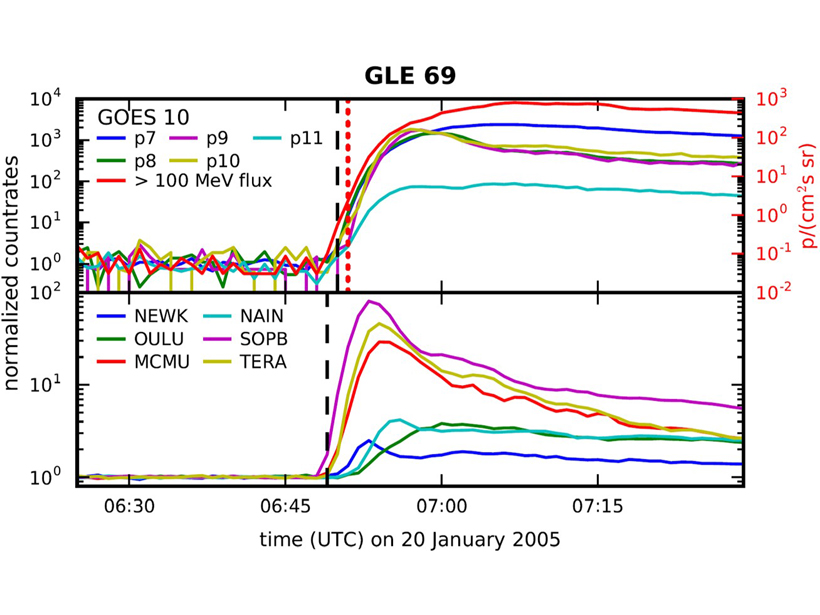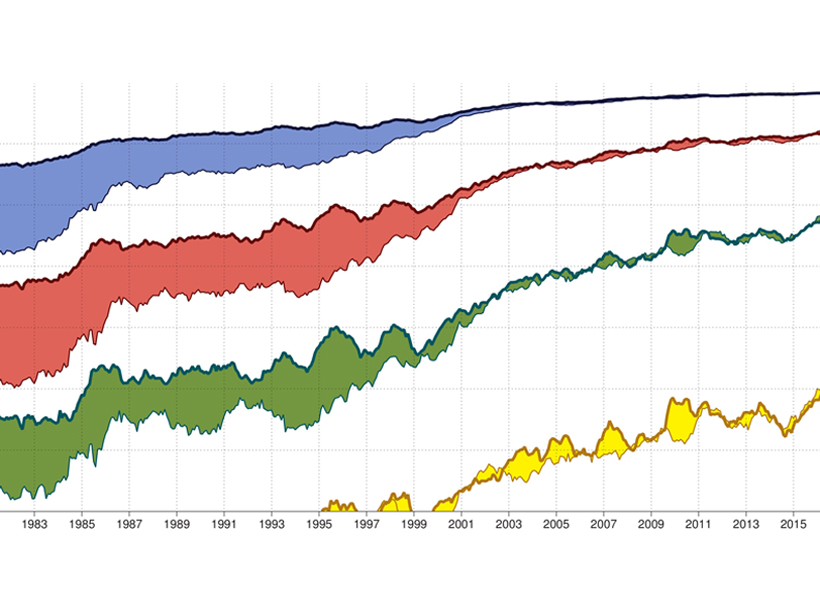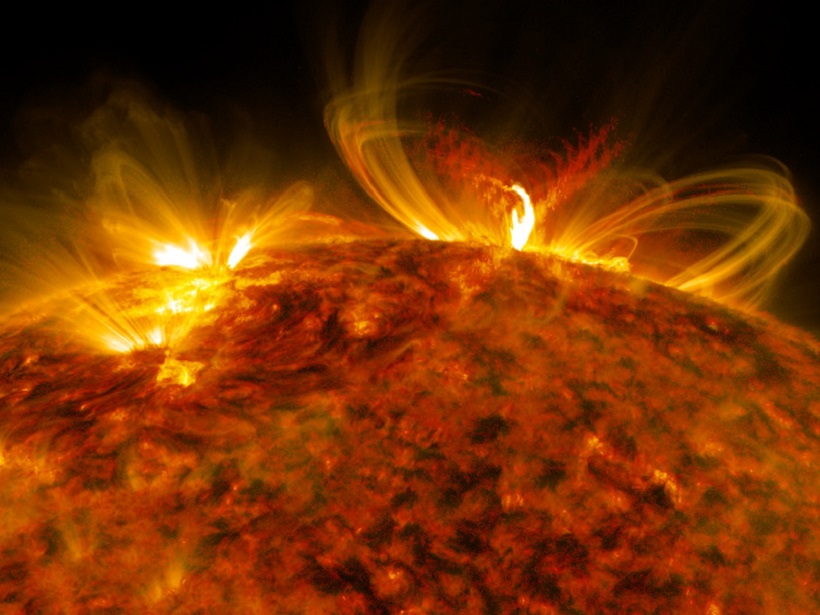Very low frequency radio, a well-proven tool for solar-terrestrial studies, proves to be adept at detecting the stresses that space weather imposes on the transformers at the heart of power grids.
Michael A. Hapgood
Editor, Space Weather
Posted inEditors' Highlights
Catching the Oncoming Radiation Storm
Improved processing enables satellite-based radiation sensors to match ground-based sensors in providing prompt warnings of the onset of atmospheric radiation storms that can endanger civil aviation.
Posted inEditors' Highlights
Exploring How Space Weather Can Damage Power Grids
A new model of geomagnetically induced currents revisits how space weather damaged a New Zealand grid transformer in 2001, and shows how much worse it could be in a space weather superstorm.
Posted inEditors' Highlights
Space Weather: Exploiting Meteorology’s Toolkit
Space weather forecasting is benefiting, and can benefit much further, from concepts and tools already developed by the global meteorological community.
Posted inEditors' Vox
A Wake-up Call from the Sun
A sudden burst of activity from the Sun in early September 2017 caused a wide range of space weather effects at Earth.





